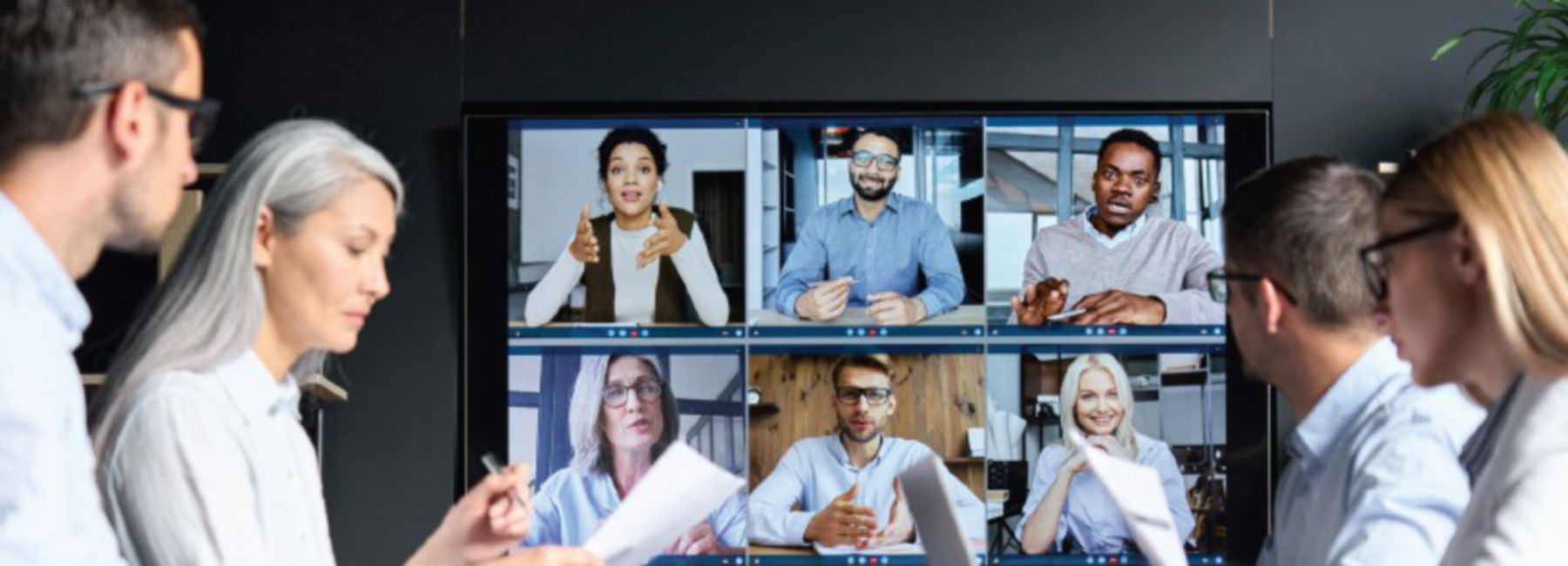Millions of workers across the globe have left their job during the Great Resignation, and the trend doesn’t seem to be slowing down. Employee expectations are evolving, and employers need to find new ways to attract and retain talent.
“Employee experience is the new currency by which people choose a place to work,” says Mike McDaniel, president of DXC’s Modern Workplace. The IT services firm, through its Modern Workplace services, empowers employees to connect, collaborate, and work seamlessly and securely. “Workers want the ability to interact in a very collaborative way and have their voice heard.”
Companies are exploring different ways to enhance the employee experience, from adopting hybrid work options to expanding wellness benefits — but McDaniel says that improving employee satisfaction will also require embracing new technologies. Today’s workforce expects to have the tech and tools they need to have a frictionless work experience.
Historically, technology has not been viewed as an experience-enhancing tool, but rather a line item to be kept under control. Now, as companies embrace digital transformation, it will become more difficult to separate an employee’s technology experience from their overall work experience. According to the 2021 State of Work report from Workfront, an Adobe company, 49% of US employees say they would likely leave their current job if they regularly had to deal with tech issues.
“The modern world is becoming flatter — it’s more connected. And therefore, organisations need to create an atmosphere for employees to engage in,” says McDaniel, adding that investing in the right tech can help employees feel connected and valued.
Whether it’s videoconferencing solutions or digital collaboration tools, there are an increasing number of ways tech can improve the work experience. But business leaders will need to think beyond table stakes if they’re going to keep their staff happy and create a competitive advantage.
For example, more employers are now looking to the metaverse, an immersive virtual world where people can interact with each other like they do in person, to replicate in-person collaboration and enhance company culture.
“The metaverse can create equity among employees and drive that next-level experience in a time when there’s a ton of employees that have never had the opportunity for watercooler talk,” McDaniel explains.
McDaniel says that DXC is using the metaverse and virtual reality to bring staff together for everything from training events to social events. He shares that the company hosted a virtual New Year’s party in the metaverse, where 500 staff members played games, rock climbed, and watched a live band —offering its workforce a much-needed chance to connect. DXC also hosted a sales kickoff event that was attended by over 800 employees, who sat in on main stage presentations and visited virtual booths to gain more information about partners and services.
“Not staying up on technology puts businesses in danger of not being the employer of choice,” says McDaniel. “It’s how the next generation of worker wants to work. But companies aren’t just at risk of losing talent — they can also fall behind in terms of their innovative edge and the ability to advance themselves.
This article originally appeared in FORTUNE Brand Studio.

